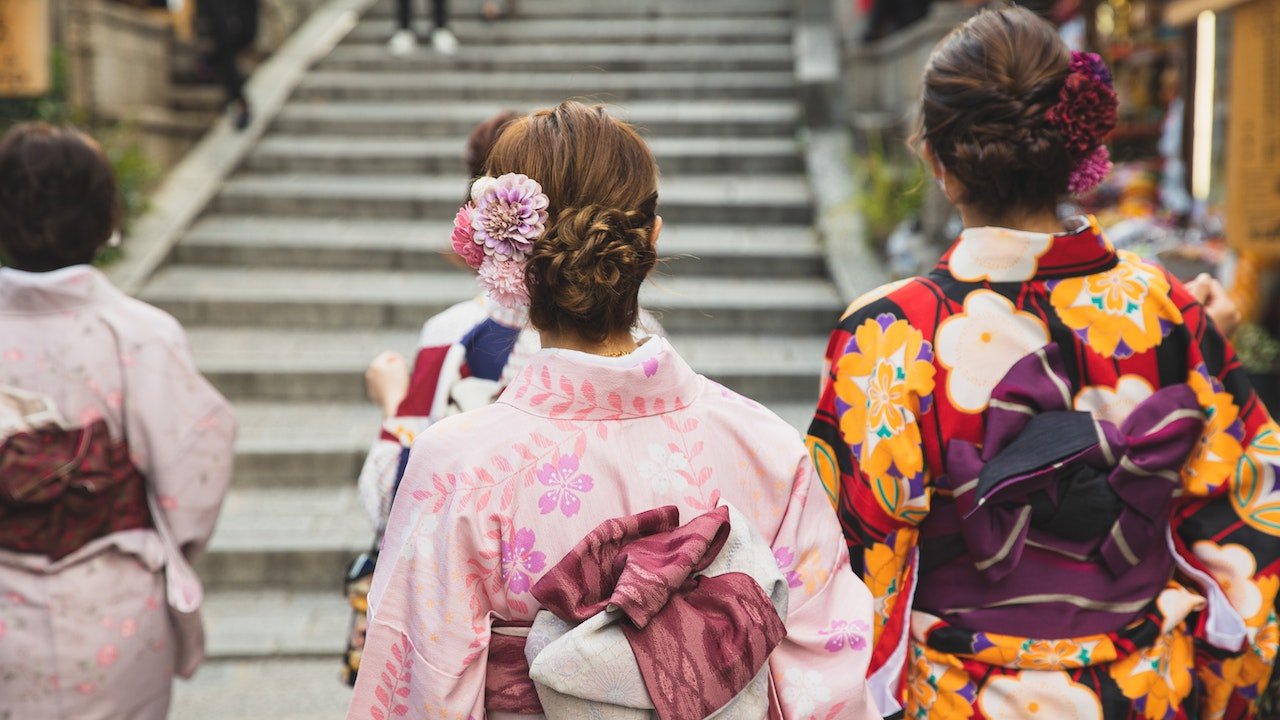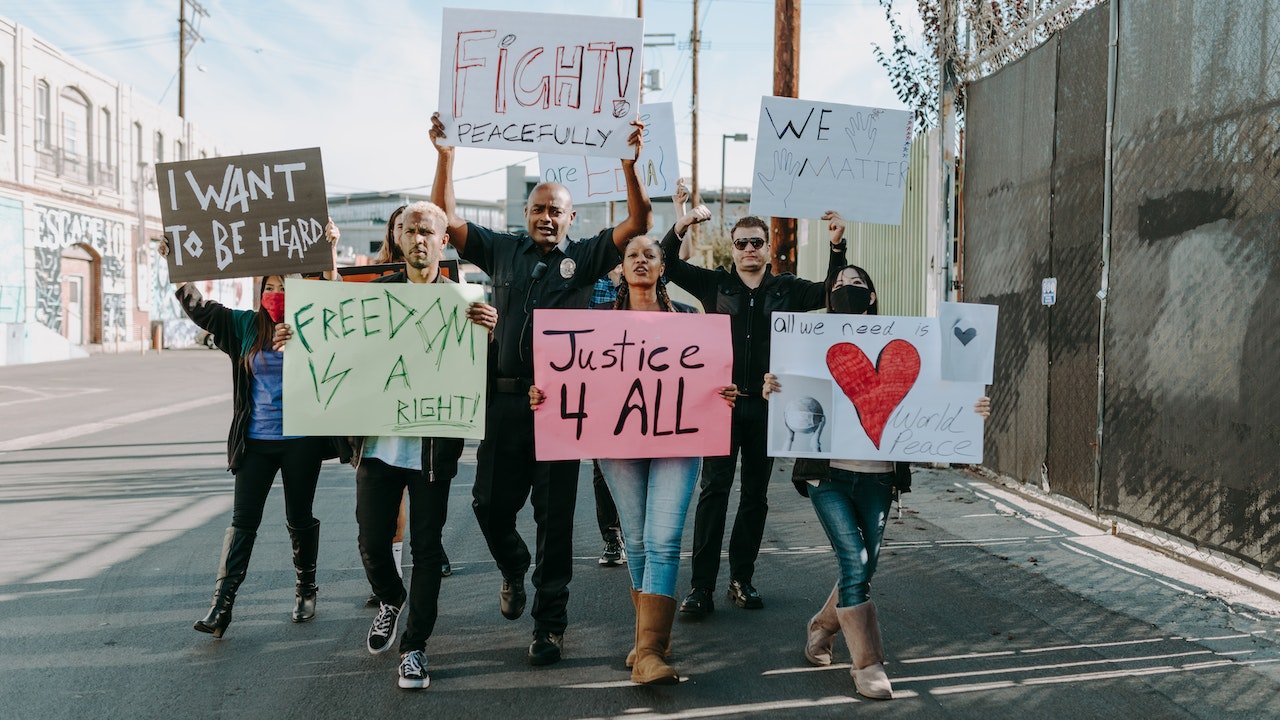Exploring the Voting Rights Act: Protecting Access to the Ballot 2023


Contents
Historical Background: The Need to Protect Voting Rights
The Suffrage Movement
In the United States, the struggle for the right to vote has a lengthy and complicated history. Voting rights were reserved for a privileged minority, primarily white male property owners, from the beginning of the republic. But as time went on, numerous civil rights movements appeared, calling for equal voting rights for all residents.
The Movement for Civil Rights
The 1950s and 1960s Civil Rights Movement marked a turning point in American history. Activists campaigned against racial segregation and institutionalized discrimination under the leadership of significant individuals like Martin Luther King Jr. African Americans faced several obstacles, including literacy exams, poll taxes, and intimidation techniques, which made the right to vote a crucial issue.
The Voting Rights Act’s inception
Lawmaking Reaction
The Voting Rights Act of 1965 was enacted by the U.S. Congress in reaction to the widespread denial of voting rights experienced by minority populations, primarily African Americans in the Southern states. This historic piece of legislation sought to provide equal access to the voting booth and end racial discrimination in voting procedures.
Important Clauses of the Voting Rights Act
The Voting Rights Act included a number of essential safeguards to protect voting rights, including:
Section 2: No Discrimination in Voting
Any voting practice or process that discriminates on the basis of race, color, or membership in a language minority group is forbidden by Section 2 of the Voting Rights Act. It gives people the freedom to oppose discriminatory actions and look for suitable legal remedies.
Preclearance Requirement in Section 4
The “preclearance” provision was created in Section 4, which required certain jurisdictions with a history of discriminatory voting practices to apply for federal approval before making any changes to their voting laws or procedures. This clause sought to stop the adoption of discriminatory laws.
Section 5: Governmental Control
Voting procedures in jurisdictions subject to the preclearance requirement are subject to oversight and monitoring by the federal government under Section 5. These jurisdictions had to prove that any modifications they made wouldn’t disadvantage minority voters.
The Voting Rights Act’s Effects and Significance
Increasing Access to the Polls
In order to eliminate discriminatory voting practices and increase voter participation, the Voting Rights Act was crucial. Its laws encouraged minority communities, particularly African Americans and other outcast groups, to register to vote and participate in elections.
Protection from Discriminatory Actions
The Act effectively prevented the establishment of discriminatory voting legislation. The preclearance provision in particular stopped countless instances of voter suppression by requiring government approval for any modifications that would unfairly affect minority voting.
building up American democracy
The Voting Rights Act enhanced the foundation of American democracy by defending everyone’s right to vote. It helped the nation move closer to greater inclusivity and equality by ensuring that marginalized communities had a say in the democratic process.
Read More: The Fight for LGBTQ+ Rights: Civil Rights Laws and Equality 2023
Supporting and Enlarging the Voting Rights Act
Recent difficulties
The Voting Rights Act has encountered many difficulties in recent years. The Shelby County v. Holder ruling by the Supreme Court in 2013 invalidated Section 4’s coverage formula, which determined which jurisdictions were subject to the preclearance requirement. The Act’s ability to curb discriminatory voting practices was compromised by this ruling.
Continuous Efforts
Despite these obstacles, many people, groups, and lawmakers have been devotedly defending and enhancing the Voting Rights Act. They support improved coverage formulas, the reinstatement of the preclearance requirement, and stronger safeguards against discriminatory practises.
Legislative Initiatives
A number of legislative initiatives have been put out to address the Supreme Court’s decision and safeguard voting rights. In order to ensure that areas with a history of discrimination are subject to federal scrutiny, the John Lewis Voting Rights Advancement Act, for instance, aims to reinstate and modernize the preclearance requirement.
The Rights to Vote in the Future
changing difficulties
As society and technology advance, new obstacles to voting rights appear. Voter access is still impacted by problems like partisan gerrymandering, voter purges, and voter ID laws. Legislation and continuing advocacy activities must evolve to meet these changing problems.
Public Awareness and Participation
Voting rights must be protected, and public awareness and participation are essential. People can support the continuous struggle for equitable access to the voting booth by being educated, participating in elections, and giving to groups that promote voting rights.
Why Voting Is Important
The importance of voting in a democratic society is underscored by the Voting Rights Act. Each citizen’s engagement affects the destiny of their neighborhood and the country, and every vote counts. The principles of democracy are perpetuated by engaging actively in civic life.
Conclusion
In the continuous fight for equal voting rights, the Voting Rights Act of 1965 represents a significant victory. The protection of voting rights, eradication of discrimination, and increase in political participation have all benefited from its provisions. However, the battle for voting rights goes on as long as there are still efforts to weaken existing safeguards and new obstacles to overcome. The protection and strengthening of the Voting Rights Act and the guarantee that every qualified person can exercise their right to vote are essential for society.
FAQs
What does the Voting Rights Act aim to achieve?
The Voting Rights Act seeks to end racial discrimination in voting procedures and guarantee everyone’s right to vote.
Which groups were disproportionately impacted by voting discrimination?
Due to discriminatory practices, African Americans and other minority communities, particularly in the Southern states, encountered substantial obstacles when trying to cast their ballots.
What does the Voting Rights Act’s preclearance requirement entail?
As a result of the preclearance requirement, certain jurisdictions with a history of discriminatory voting practises are required to obtain federal approval before changing their voting laws or procedures.
Does the Voting Rights Act effectively preserve the right to vote?
The Voting Rights Act has significantly impacted the fight against discrimination and the expansion of voting rights, but there are still issues to be resolved, and continued efforts are required to ensure its efficacy.
What can people do to support the right to vote?
People can support voting rights by keeping educated, advocating for change, and taking part in regional and federal initiatives to defend and strengthen the Voting Rights Act.





